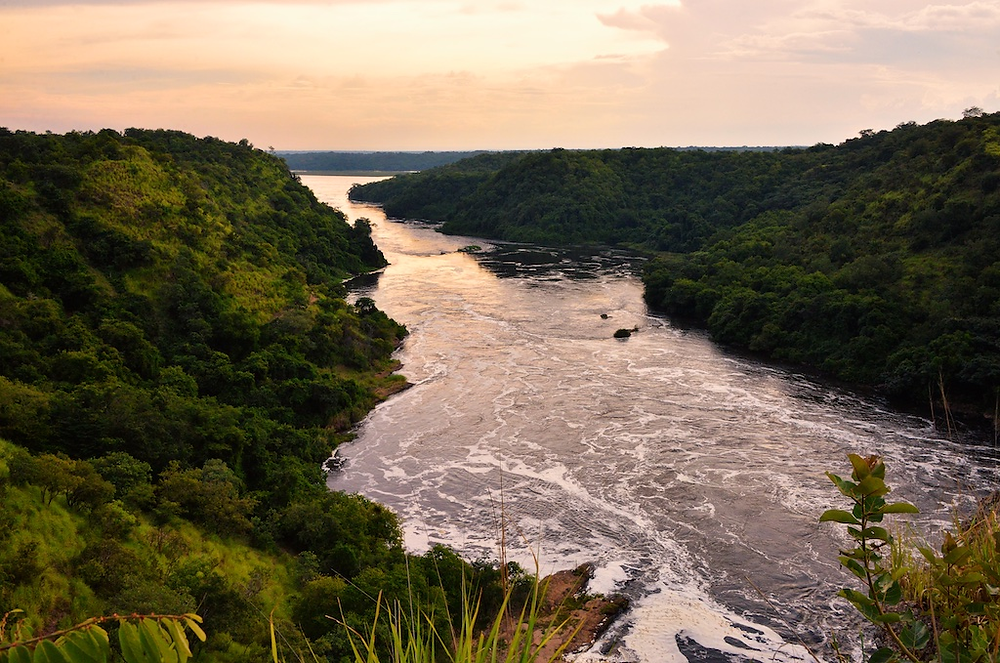Ethiopia has announced that it has filled its Grand Ethiopian Renaissance Dam (GERD) on the Nile, which has been the source of a long-running water dispute with downstream countries Egypt and Sudan. The conflict escalated when Ethiopia diverted the river to construct the dam a move believed by some Egyptian parties to be a red line. Egypt has ultimately raised the GERD conflict in the UN Security Council. Addis Ababa is also struggling for both material and non-material security.
The Nile flows through 11 countries and meets the Mediterranean Sea. The river is noted for its fast-moving crocodiles that kill some 200 people every year. There are hippopotamuses, venomous snakes, and deadly mosquitos. So, step in at your own risk! There are 11 nations along the Nile’s banks, but no agreement on sharing its waters. The disputes between, Egypt, Ethiopia, and Sudan over the waters of the Blue Nile are only part of the problem on the Nile. There are 11 nations along the river’s banks, but no agreement on sharing its waters.

The Blue Nile begins near Lake Tana in Ethiopia. The Nile River empties into the Mediterranean Sea in northern Egypt. The Nile provides water to the majority of Egypt, the fact that the river is constantly polluted with massive amounts of components such as sewage, poisonous chemicals, fertilizer residues, radioactive waste, and oil pollution is potentially disastrous.
Egypt and Ethiopia are both members of the African Union, and Nile Basin Initiative and share a relationship of a special nature due to their crucial roles in vital issues such as the Nile water file and the interest both share in establishing security in the Horn of Africa region by combating terrorism and piracy.
The Nile River has been the lifeblood of Ethiopia, providing crucial resources for irrigation, transportation, and trade. The Nile has also played an important role in Ethiopia’s history and culture, and its banks are home to some of the world’s most significant archaeological sites.

The 1959 agreement allocated all the Nile River’s waters to Egypt and Sudan, leaving 10 billion cubic meters (b.c.m.) for seepage and evaporation, but afforded no water to Ethiopia or other upstream riparian states—the sources of most of the water that flows into the Nile.
Key findings included: Sediment at the bottom of the Nile River is highly polluted by heavy metals like cadmium, nickel, chromium, copper, lead, and zinc. Contaminants primarily come from untreated agricultural drainage and municipal and industrial wastewater.
